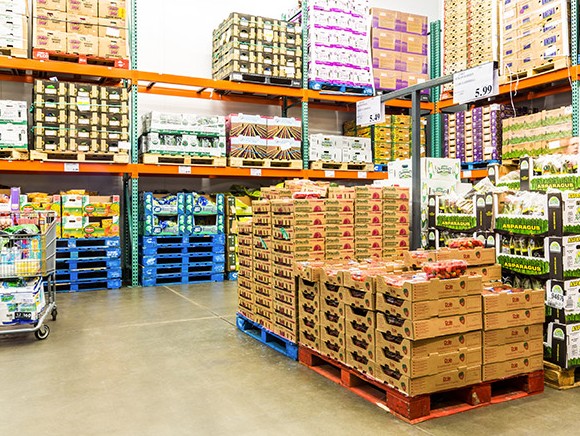
Businesses in the food sector must monitor the safety of their products. In order to control food safety, they can set up a system themselves, but they do not have to reinvent the wheel. They can simply use existing standards, such as ISO 22000. This summer, an updated version will be released.
As a food business, you want and have to deliver food-safe products. This is not just to prevent recalls: consumers, suppliers and the NVWA are increasingly demanding that food businesses make food safety verifiable. Those who work according to recognised standard show that they have their affairs in order. ISO 22000 is one such standard. The first version of ISO 22000 (complete title: Food safety management systems - Requirements for any organization in the food chain) was released in 2005. It is high time for an update: ISO 22000:2018 is expected to be published in July/August and various points have been updated.
The new version has been modified according to the ISO High Level Structure (HLS). The HLS is a type of blueprint that ISO uses for the text and structure of all its management system standards. Examples of this are ISO 9001 (quality management) and ISO 14001 (environmental management). The goal is to better coordinate the various ISO standards and in turn, simplify integration for businesses, who often use several of these types of standards.
Another important change to the new version is that several terms and definitions from ISO 22000 have been clarified. Terms such as CCP (Critical Control Point), PRP (Prerequisite Programme) and O-PRP (Operational PRP) came up in the first version of ISO 22000 from 2005.
However, the definitions of these terms in practice were not always clear for many users. Sometimes they were even interpreted in different ways, with confusing language and incorrect food safety measures as the result. The ISO experts have discussed a large number of practical examples and, based on these, further clarified the definitions of PRP and O-PRP in the new ISO 22000. The usage in practice will prove whether this has been successful.
ISO 22000 can be used throughout the food supply chain, from primary production to the retail sector. Due to this wide area of use, the requirements from the standard were sometimes formulated in a general manner. For this reason, additional publications with basic conditions for food safety were developed for specific areas of the food supply chain. The combination of ISO 22000 with these publications provides a specific solution for managing food safety for parties such as food manufacturers, producers of packaging materials, the primary sector and catering.
One such publication is currently being created for the transport and storage (T&S) of food. The Netherlands is leading this ISO work group and has already selected a chair (Cargill) and a secretariat (NEN). However, the members of the group are international, with participants from countries such as France, Italy, the US, Ireland, Germany, Sweden and the Netherlands. This is important for the document to receive international recognition. The question of whether there will be a new ISO publication for T&S comes from the sector itself. Businesses involved in the transport and storage of food are being asked more and more often whether they can demonstrate that they have a handle on food safety, e.g. by having a certificate based on the ISO 22000 approach. Transport and storage are important links in the food supply chain and are essential for food safety. The Netherlands, as the “gateway to Europe”, has a strong position in the fields of transport and logistics. Via NEN, the sector has adapted to the needs of businesses by drawing the ISO secretariat closer to it and starting with the work group.
ISO 22000 began as a private initiative, but is of increasing interest to governments. Last December, the European Commission (EC) appeared to have a positive impression of the new version of the ISO standard. An upper-level representative of DG SANTE, the part of the EC that handles food safety, indicated that his organisation will adopt several concepts and requirements from ISO 22000 in its European directives regarding the management of food safety. It is expected that national organisations, such as the NVWA in the Netherlands, will follow this approach.
Marcel de Vreeze is a standardisation consultant for AgriFood & Consumers at NEN – Nederlands Normalisatie-instituut (The Netherlands Institute for Standardisation).
Source: © MANDRITOIU/SHUTTERSTOCK.COM